The United States Drug Enforcement Administration (DEA) was set up to regulate and enforce controlled substances. They were also put in place to recommend and provide support for non-enforcement programs that focus on reducing the availability of certain controlled substances found on international and domestic markets. Therefore, kratom and the DEA are the focus of this article. Although kratom is currently legal in the United States, the situation is precarious and could change at any time. The potential change in legal status will undoubtedly be pushed by the DEA.
Table of Contents
Understanding Kratom and the DEA
In a study published in Clinical Toxicology, it showed that in the last seven years kratom use has increased dramatically. Most users turn to the herbal supplement to overcome opioid withdrawal or cope with chronic pain.
DEA and Kratom Study
Kratom and the Opioid Crisis
Over the past 7 years, exposure to kratom—an herbal supplement often used to help in overcoming opioid withdrawal and pain—has increased dramatically, according to a recent study published in Clinical Toxicology. The report states the following, “Kratom is associated with a variety of serious medical outcomes, especially when used with other substances. More research is needed to define the human response to kratom. Increased regulation of kratom products would help guarantee product quality and safety. Individuals who choose to use kratom should be educated about its potential risks, including the dangers of using it in combination with other substances.” (1)
Clearly, the above study has sounded alarm bells with the DEA. They place placed kratom on their list of drugs and chemicals of concern. On August 31, 2015, the DEA announced that they wanted to classify kratom as a Schedule 1 substance. Above all, if placed on the Schedule 1 list, kratom would sit beside heroin, LSD, or ecstasy on the list. The DEA stated that kratom had a “high potential for abuse and has no currently accepted medicinal use in treatment in the United States.” In addition, the agency is trying to avoid what is called “an imminent hazard to public safety.” If classified as a Schedule 1 drug, kratom would become illegal for possession and also sale.
Potential Kratom Ban
Upon hearing of the potential ban, kratom users rose to action alongside scientists and lawmakers to object to the DEA. Therefore, a public comment period was opened which gave everyone the chance to share their feedback and views concerning the DEA’s potential action. The DEA also asked the U.S. Food and Drug Administration (FDA)
To present scientific research about the herb. The DEA had options to either temporarily ban kratom or place the herb permanently in the scheduled category which is the definition by the Controlled Substances Act. The final DEA option was to leave kratom unregulated.
Kratom and the DEA Statement 2016
DEA and FDA continue to think of kratom as it does other drugs
In 2016, the DEA released this statement, “Kratom is abused for its ability to produce opioid-like effects and is often marketed as a legal alternative to controlled substances. Law enforcement nationwide has seized more kratom in the first half of 2016 than any previous year and easily accounts for millions of dosages intended for the recreational market, according to DEA findings. In addition, kratom has a high potential for abuse, has no currently accepted medical use in treatment in the United States, and has a lack of accepted safety for use under medical supervision.” (2)
DEA’s Stance Against Kratom
DEA stands against kratom – Kratom and the DEA
The DEA pushed hard against kratom. They issued a statement that said, “available information indicates that these opioid substances, constituents of the plant kratom, have a high potential for abuse, no currently accepted medical use in treatment in the United States, and a lack of accepted safety for use under medical supervision.” (3) However, the statement went on to say kratom is “an increasingly popular drug of abuse and readily available on the recreational drug market in the United States.”
DEA’s viewpoint of kratom:
- Unpredictable and dangerous effects on the user
- Psychoactive effects in some cases
- Kratom samples may contain synthetic cannabinoids or opioids
- From January 2010 to December 2015 the U.S. poison centers received 660 calls about kratom
- Consumptions of kratom with alcohol or other drugs can cause adverse effects or death in some cases
- A significant number of overdoses linked to kratom has occurred
- Toxicity such as seizures, hepatotoxicity, hallucinations, poor concentration, tachycardia, psychosis, and insomnia have all been noted.
The consultation of these reasons according to the DEA is that kratom “demonstrates the severe risks associated with kratom misuse.”
Public Opposition Concerning Kratom and DEA’s Case
Public support for kratom runs high – Kratom and the DEA
The public opposed the proposed rescheduling of kratom. Also, many claimed that it was the only treatment they had ever found to help with anxiety, pain, and depression. Even scientists came forward in support of kratom and stated that a ban would halt valuable research into the herb’s potential health benefits.
Advocacy groups such as the American Kratom Association and the Botanical Educational Alliance all formed demonstrations and made calls to the Whitehouse and Congress. They were able to gather over 100,000 signatures.
A bipartisan letter was also created by U.S. Representatives Mark Pocan (D-WI) and Matt Salmon (R-AZ) and given to the heads of the DEA and the Office of Management and Budget. They also gathered signatures from more than 50 members of Congress requesting a delay in placing kratom on the list. And that the ban was too hasty and would cause problems for consumer access, especially for those using the herbal supplement to battle opioid addictions.
DEA’s Response to the Kratom Ban
On October 13, 2016, the DEA withdrew its intent to schedule Mitragynine and 7-HMG. They said they needed to consider additional statements and research before making the decision. Interestingly, the reversal took place less than two months after their original notice of intent. Without a doubt, the DEA’s reversal was unprecedented.
Department of Health and Human Services and DEA
In 2018, the Department of Health and Human Services (HHS) has recommended to the DEA that they ban the two chemicals found in kratom. They submitted a letter with supporting analysis. The documents submitted also feature past statements from FDA Commissioner Scott Gottlieb who called kratom ‘an opioid’ and regularly states it has been associated with many deaths.
“Kratom should not be used to treat medical conditions, nor should it be used as an alternative to prescription opioids,” Gottlieb said in a statement in February. He added, “There is no evidence to indicate that kratom is safe or effective for any medical use.” (4)
Again, the DEA faces a difficult decision on whether to list the alkaloids found in kratom a Schedule 1 substance. However, they have said, “The medical and scientific evaluation that HHS provides to DEA is a crucial document in the process,”
When asked what the future holds, the DEA remains vague. At this time, the DEA declines to answer saying only that it could take months or years.
Scientists and researchers are again coming forward to warn against the potential ban.
“I have major concerns about just pulling the rug out from under tens of thousands of people who are using this to support their health, especially in the case of people who are using it to stay off of more dangerous opioids,” stated Andrew Kruegel, a Columbia University associate research scientist in chemistry.
Kratom and the DEA: Addiction
Clearly, the DEA wants to determine if kratom is harmful or addictive as it struggles to decide about banning the herb. Research about kratom continues to evolve. In a recent report,
Walter C. Prozialeck, Ph.D., a professor of pharmacology and pharmaceutical sciences at Midwestern University in Downers Grove, IL, revealed that he had analyzed about 100 studies on kratom and regularly consults with other kratom researchers. He states, “By any measure, kratom would be less harmful and less addictive than something like heroin. If you look at the evidence, you must conclude that, but kratom can induce a state of physical dependence.”
Christopher R. McCurdy PhD, a professor of medicinal chemistry of the University of Florida in Gainesville says, “It is probably addictive, but its addictive equivalent is something like coffee, which isn’t surprising because the leaf is in the coffee family.” (5)
Kratom and the DEA remains a top topic for users and retailers. Therefore, if you would like to learn more information about kratom, please contact My Kratom Club.


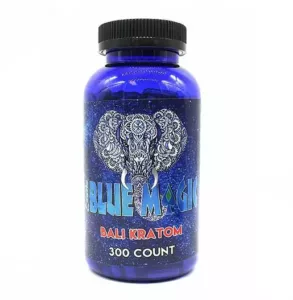
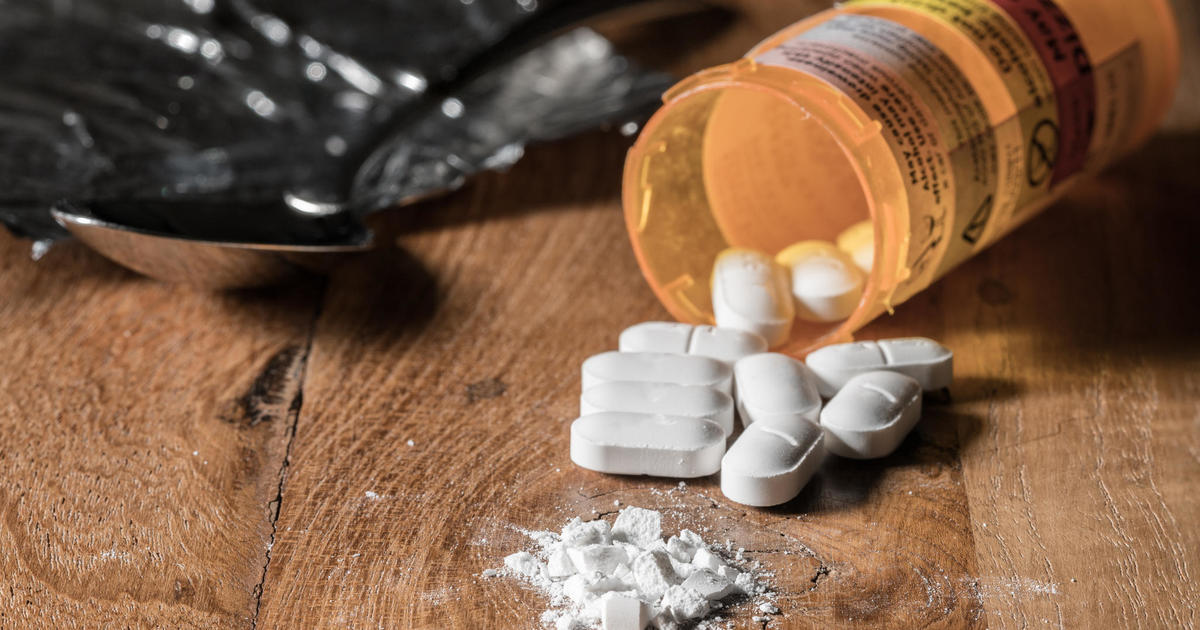



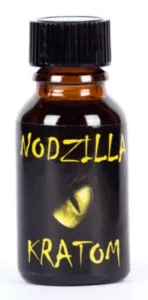
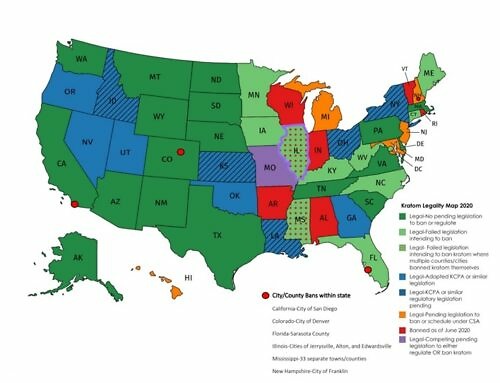
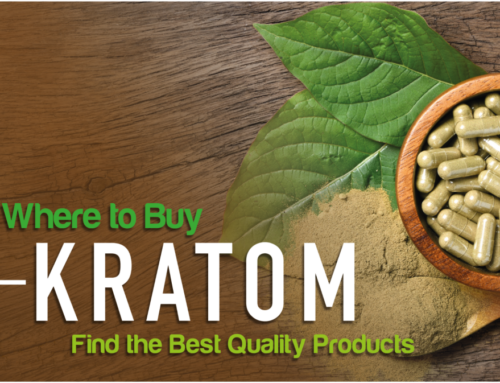
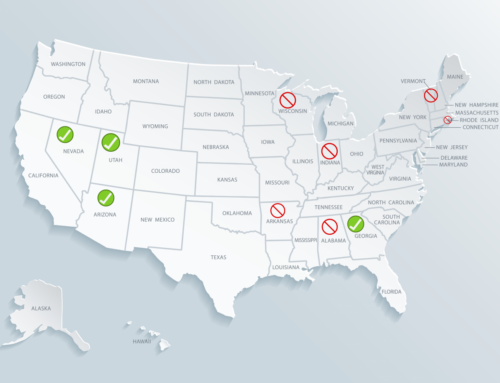
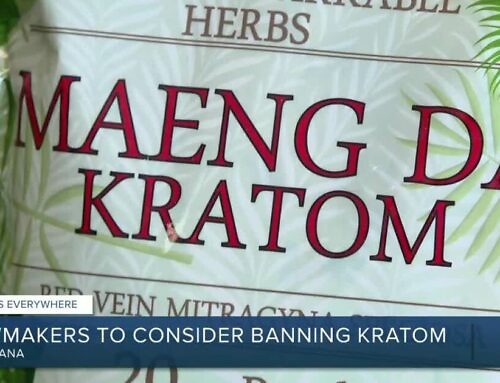

Thanks for the opportunity to leave a comment on your blog. I found your post very informative, I had no knowledge of kratom and feel educated after reading some interesting facts about it on your post. I feel very strong about natural healing and the plants that mother nature has provided to keep us healthy. We live in a toxic world and need natures cures, not pharmaceutical concoctions. Keep up the good work.
Thanks Carola.
We are happy you left a comment on our blog.
It means a lot as comments really help our customers make good responsible decisions and they are able to see the thoughts of many others.
Your kind words mean a lot and hope you find other articles on our website useful.
Hi, I’ve just gone through your article on Kratom and the DEA. I found it very informative and helpful too. I must agree with you that the use of kratom has increased noticeably as you clearly stated in this post. I was not aware that it is legal in the united states, maybe that’s why it is used at a high rate. Thanks for sharing this educative post with us, I will be sharing it further.
Just getting to know more about kartom, but seen this article want to make me want to reconsider my choice of trying out kratom, I will be happy if u can post an article on the important and effect of kartom, but with the DEA not making a full stand yet on what to categorize kratom as am still holding my fingers crossed.
Hi Saint.
Yeah, thankfully this plant is still available as it truly has shown to help countless people.
Take a look at the article below for the effects of kratom along with its origin, vein colors, and general dosage:
kratom review of the origins, effects, and dosage by My Kratom Club
Hope this information helps and let us know if you have any additional questions.
Hello, thank you so much for this article. It was on point. Reading it as opened my mind more and created a sense of understanding in me. This is the first time I’m hearing of kratom and the DEA, so I am a bit confused by this article. Why I get that it is necessary to regulate the use of drugs I also do not want a situation where good drugs with health benefits get affected by the control.
HI Ofure.
Fortunately, the DEA did not end up banning kratom due to the outcry of the community and how much it helped them.
There is still a battle overall with kratom being vilified but hopefully, as time goes on and more research is completed on the plant it will become less of a target.
It’s very good to read through this. Many times that the DEA investigate products, it is for the best for looking into how bad or good the product is ,as after the investigation and nothing is found, the allegations will be dropped, that was exactly what happened with the case of Kratom, thanks for sharing.
We all can agree that the dea and anything is never a good mix and the same can be said about kratom too. Going by everything though, you have made a good point about kratom and tea and I like it. It was a good read and it made me understand the position of kratom even better.
It’s so unfortunate legal issues always have to get involved in everything we love and want. I personally would just be happy if all regulations on kratom were simply removed once and for all, let the people choose! But not everyone thinks that way, kratoms are just very useful and something that I personally love so I wish legal issues just didn’t get involved. Thank you for this informative article
I always wonder if I take Kraton as a supplements (I live in NYC), will the DEA come knock on my door or not. I know for the fact that it is illegal in Thailand. I personally think that the DEA should pay attention to all the opioids, they are worse than Kratom. However, as we know the big Pharma will not back down easily, they make money from us even though it harms us. Hopefully, they did not win. Thanks for the updates.
Write thank you for sharing this article, it was really enlightening and educative as well. I was wondering why the DEA didn’t look into Kratom, it was an eye opener that it was on their list of drugs of concern. Kratom is really a very nice substance, I take it sometimes and I must say that it is very good and helps in a lot of ways.
Honestly I don’t object with the Dae. But as a user of kratom, I stand in moderacy and a careful use of this highly efficient drg. It’s ability to produce opioid effect is just an assumption. For me, I take it just to relax my nerves and reduce anxiety. It also helps my swollen ankle. Instead of taking diclophenac and other anti inflammatory that can affect my liver. I take kratom which is natural with no side effect
I can imagine how tough the situation will be when Kratom is having issues with DEA. It will be so challenging to convince this people that Kratom is of benefit to those consuming it, the Kratom users did a good work by coming out to defend this amazing product. Any drug that is abused poss a threat on the abusers. Thanks for this
Wow… Just a nice and interesting article. It feels like a movie in my head as I read this well written article. Getting to know why the DEA changes their minds on Kratom is very interesting and quite a very vital knowledge. I really want to appreciate you for this article. I have gotten to learn the history between Kratom and the DEA.